Math Matters
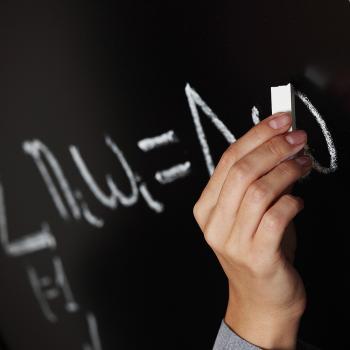
- School:
- Dune Lakes Elementary School
- Subject:
- Low Performing Students
- Teacher:
- Niki Page
- Students Impacted:
- 18
- Grade:
- 1
- Date:
- October 4, 2022
Investor
Thank you to the following investor for funding this grant.
CHELCO - Choctawhatchee Electric Cooperative - $931.86
Original Grant Overview
Goal
It is my goal to improve methodologies that I use to teach mathematics, specifically using various activities including manipulatives to increase student engagement and excitement for learning. This project will help students improve in mathematics by immersing them in activities that will require them to plan, communicate, coordinate, and solve problems.
Objective 1: To increase student achievement in mathematics, particularly in the English Language Learner (ELL) population, as evidenced by increased scores on the STAR Math Enterprise Assessment.
Desired outcome: At least 50% of the target population (students who are both low-achieving and ELL) will achieve an SGP of 245 or greater on the STAR Math Enterprise Assessment.
Objective 2: To increase motivation for mathematical problem solving, as evidenced by the Mathematics Attitude Survey, published in the journal Teaching Children Mathematics. The National Council for Teachers of Mathematics (NCTM) discuss in the journal that students who are engaged in their learning by using manipulatives, interaction, and varied formats, are more likely to understand the purpose for their learning, thus increasing their motivation to succeed.
Desired outcome: At least 50% of the target population will demonstrate knowledge of the purpose of learning math and its connections to the real world. This will be demonstrated by the use of the Mathematics Attitude Survey. Motivation is currently low. Initial responses to the Mathematics Attitude Survey indicate that students are engaged when using concrete manipulatives as a supplement to the current, workbook-based curriculum, but still become easily bored or unmotivated during targeted practice. Student responses indicate that in order to be good in math, students believe the most important thing is to be quiet, listen, and follow directions to get an A. It is my hope that through the use of intuitive and motivating small group instruction, engaging cooperative learning games, and targeted practice, students will be motivated to deepen their knowledge of the math concepts introduced. The desired outcome is for student responses to indicate that in order to be good in math you must work as a team to solve problems.
What will be done with my students
Through the use of the grant funds, students will engage in small group math for one hour per school day, a minimum of three days per week. Each small group consists of 6-7 students, depending on needs and class size. Twenty minutes will be spent at each of three workstations in the classroom.
The workstations will be cooperative learning based, and rely on the use of the games developed by Lakeshore Learning Materials and Hands 2 Mind resources. These games focus on the use of concrete manipulatives and real-world problem solving situations, to engage students in mathematics tasks dealing with operations and algebraic thinking, and operations in place value and the base ten system, thus mirroring the domains discussed in objective 3 above. Each game requires students to think critically about the task at hand, and communicate clearly with their peers to solve the given problems. This is where students will truly engage with one another in order to gain those real-world skills that are so important to foster in the classroom.
Benefits to my students
A total of 18 students will participate in the project, through their participation in the small group math structure. It should be noted however, that only the lowest quartile will be specifically tracked for purposes of the grant. This is in line with my school’s School Improvement Plan, which focuses efforts on subgroup populations. While I hope that all 18 students will benefit from the materials purchased from the grant, I will focus my attention on determining whether the new small group math classroom structure, created through the purchase of grant materials, can have a particular positive effect on my low-achieving, Hispanic ELL students.
In order to determine if desired outcomes have been met for objective 1, I will administer the STAR Math Enterprise Assessment on a quarterly basis to track progress towards the Student Growth Percentile goal of 45 for low-achieving Hispanic ELL students. In order to determine if desired outcomes have been met for objective 2, I will administer the Mathematics Attitude Survey in the spring of 2023 to determine if students’ motivations for mathematics learning have shifted since the fall, towards more authentic, student-centered motivators.
Budget Narrative
Math Games will be purchased from Lakeshore Learning Materials and Hand 2 Mind and will be implemented in small group instruction and independent practice to boost student engagement.
Items
| # | Item | Cost |
|---|---|---|
| 1 | Daily Math Fluency Centers Kit Grade 1 IN90571 | $149.99 |
| 2 | Daily Math Fluency Centers Kit Grade 1 IN90571 | $149.99 |
| 3 | Double-Sided Magnetic Number Tiles DD152 | $49.99 |
| 4 | Power Pen!® Math Quiz Cards - Complete Set BD520X | $85.00 |
| 5 | Place Value Write & Wipe Boards PP376 | $39.99 |
| 6 | Grab & Play Math Games - Gr. 1-2 - Complete Set LM250X | $149.99 |
| 7 | Math Match-Ups - Complete Set HH725X | $49.99 |
| 8 | Math Match-Ups - Complete Set HH725X | $49.99 |
| 9 | Monster Math Balance Scale SE375 | $32.99 |
| 10 | Addition Facts Folder Game Library - K-Gr. 2 TT326 | $39.99 |
| 11 | Subtraction Facts Folder Game Library - K-Gr. 2 TT327 | $39.99 |
| 12 | Roll & Solve Subtraction Game EE487 | $19.99 |
| 13 | Roll & Solve Addition Game EE489 | $19.99 |
| 14 | Splash! Math Games - Complete Set LM240X | $46.99 |
| 15 | Shipping | $6.99 |
| Total: | $931.86 |

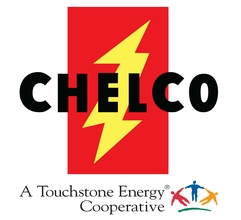
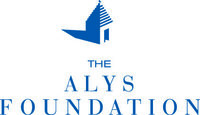
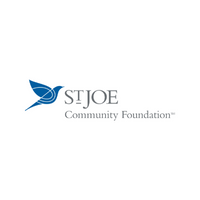
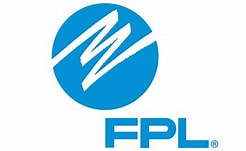

Share
Please share this page to help in fulfilling this grant.
Email to a Friend